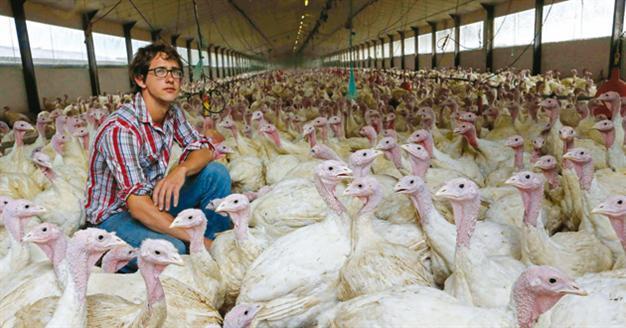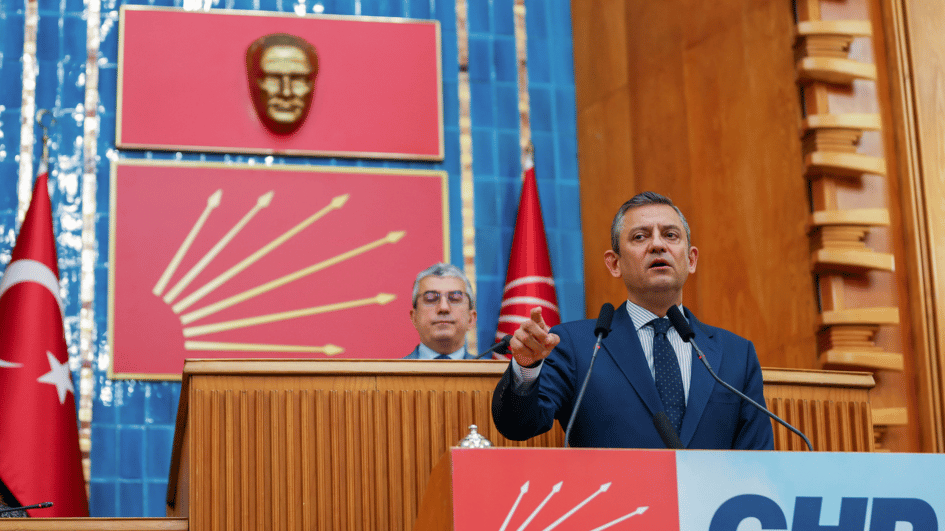Poultry, pig farmers to suffer most from high grain prices
PARIS - Reuters

A French poultry farmer stands near turkeys in a breeder house at his farm in Gien, central France. REUTERS photo
A recent surge in global grain prices looks set to squeeze already tight margins in the European livestock industry, from feedmakers to breeders, and has prompted farmers to call for the increase to be passed on to consumers.Wheat and corn prices in Europe have surged around 25 percent since mid-June. U.S. soymeal, widely used in feed in Europe, hit an all-time high on July 11 as concerns mounted over drought-related damage to crops in the United States and a worsening harvest outlook in Ukraine and Russia.
“Animals will have to tighten their belts because their feed is expensive in grains but also in oil meal,” Laurine Simon, an analyst with French consultancy Strategie Grains, said.
“Farmers and feedmakers will look for substitutes, but it’s not always possible,” she said. “When all products rise at the same time, the room for maneuver is thin.”
Prices of virtually all grains have surged since the end of last year, making it hard for feedmakers to avoid passing rising costs onto breeders.
In Italy, breeders have had to sell their products at prices below cost, and feedmakers have cut margins to a bare minimum because their clients often have no money to pay for feed, said Giulio Gavino Usai, head of the economic division of Italian feed makers group Assalzoo.
Poultry and pork producers are likely to be hit the hardest because they use a lot of grain-based feed, mainly wheat, corn and soymeal whose prices have risen nearly continuously since mid-June, observers said.
Feeding cattle is cheaper
“Cattle mainly eat fodder, and given the bad weather there is plenty of grass,” Simon noted.
The price ratio between wheat and maize in the European market is currently to the benefit of the latter, which makes observers predict higher uses of maize in animal feed this year.
Farm office FranceAgriMer this week said maize use in feed in the 27-member European Union would increase 6.3 percent or 3.4 million tonnes this season to 57.4 million, while soft wheat use would decline 4.7 percent or 2.6 million tonnes to 52.6 million.
“Farmers who have planted maize for on-farm feeding or biogas production might be tempted to sell it on the open market,” a German trader noted.
The situation is different on international markets, where the price of U.S. corn, boosted by reports of crop damage in the U.S. Midwest, rose so much that it lost competitiveness against wheat, mainly EU wheat on export markets.
















